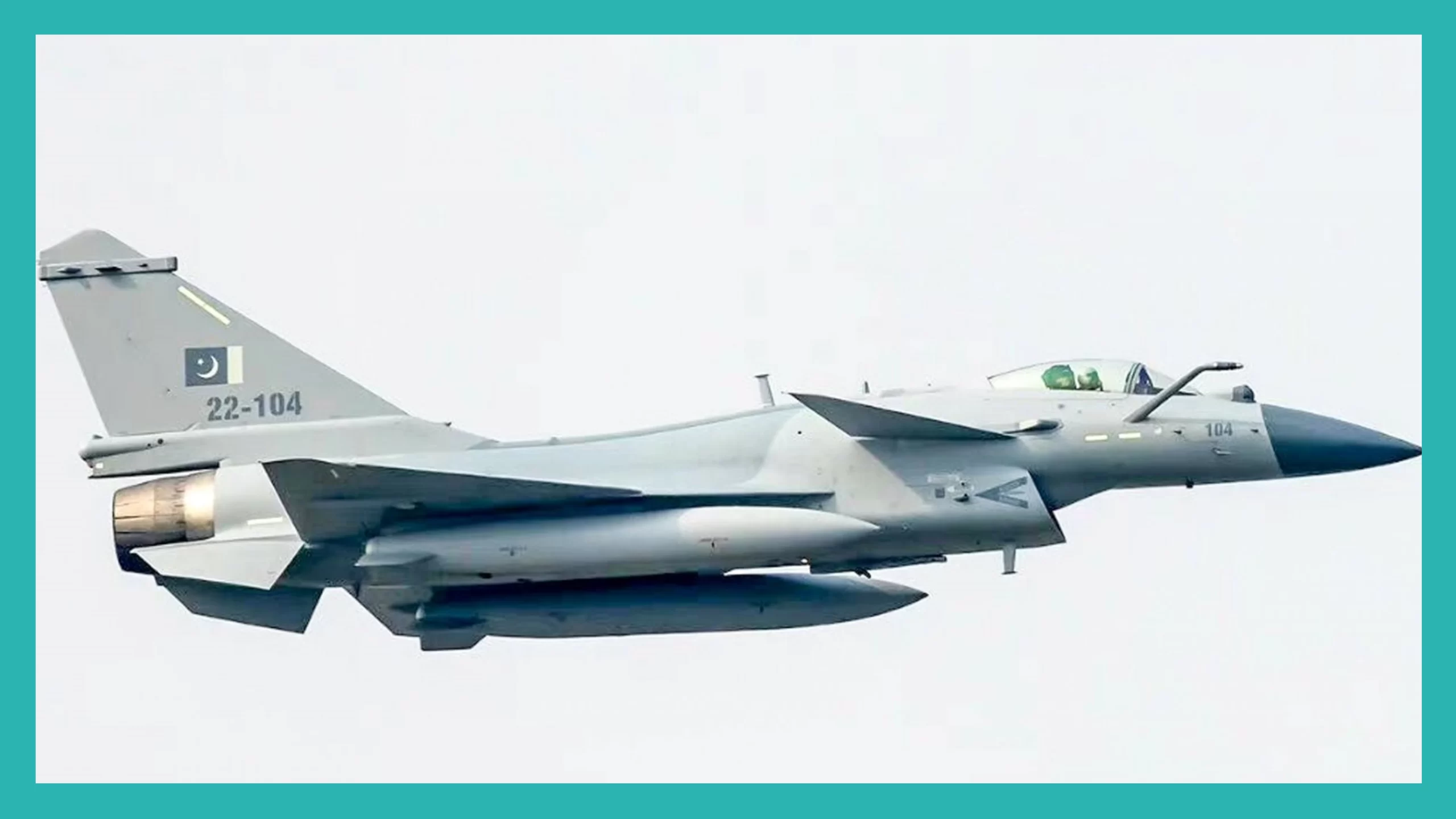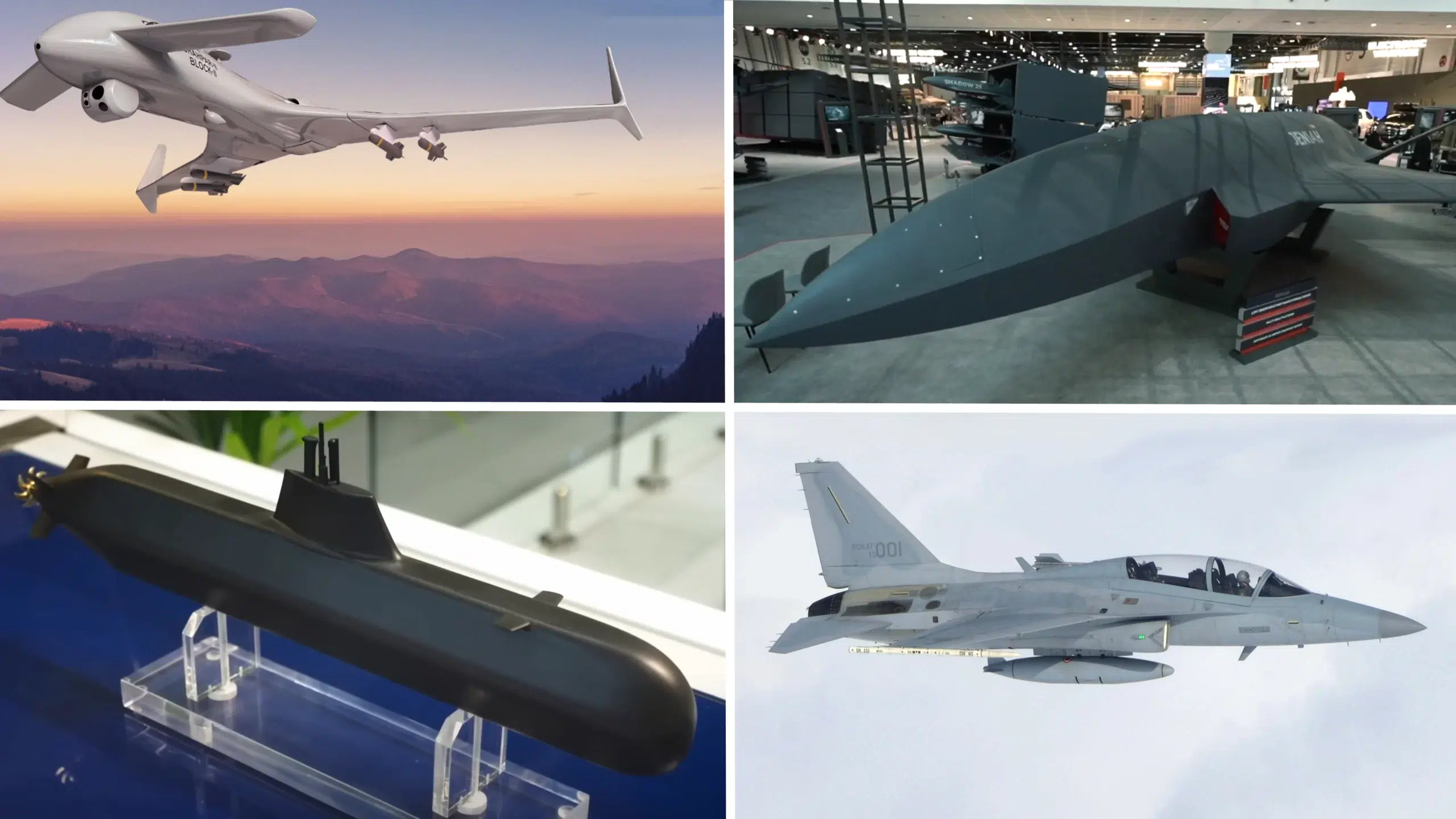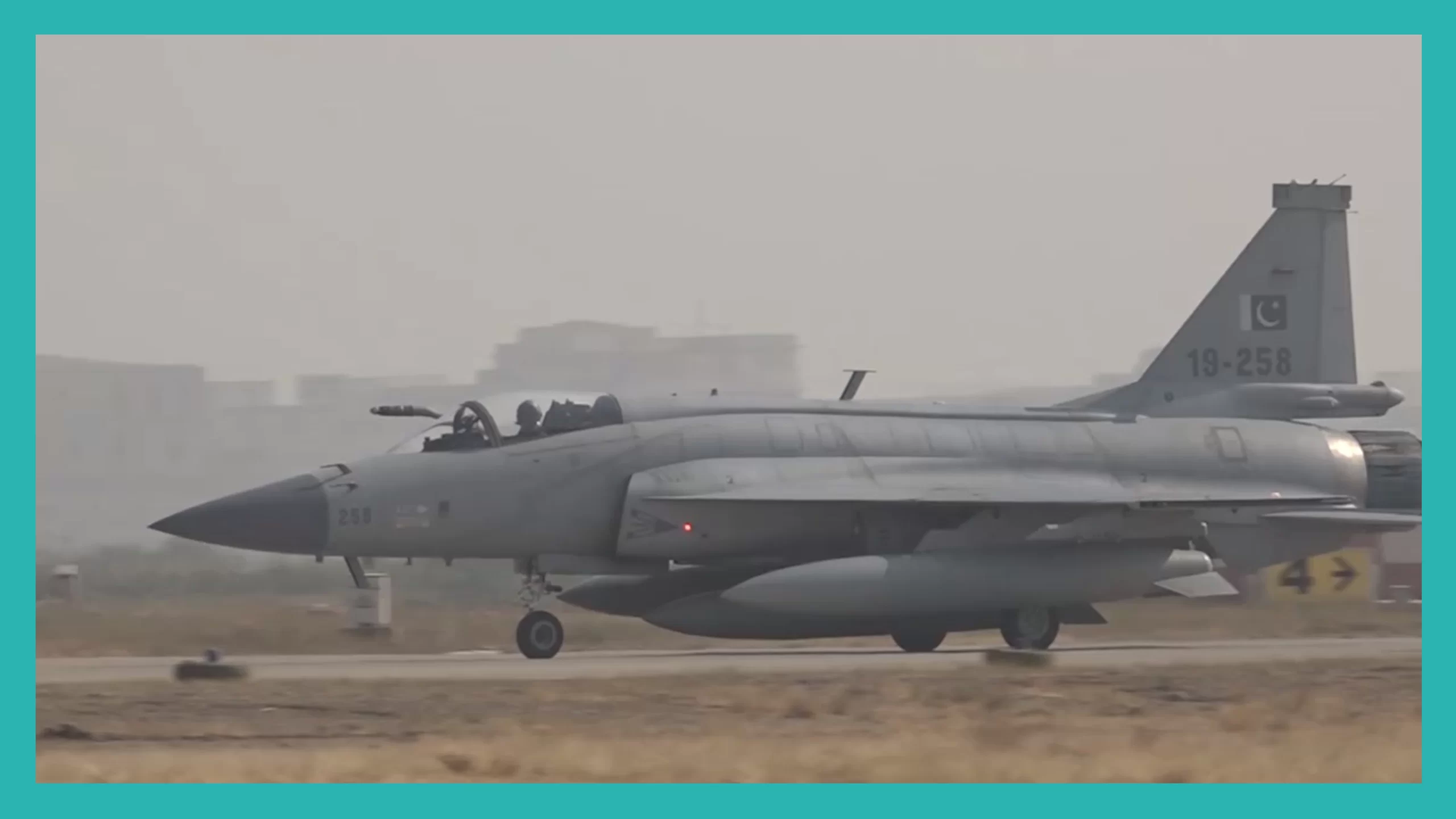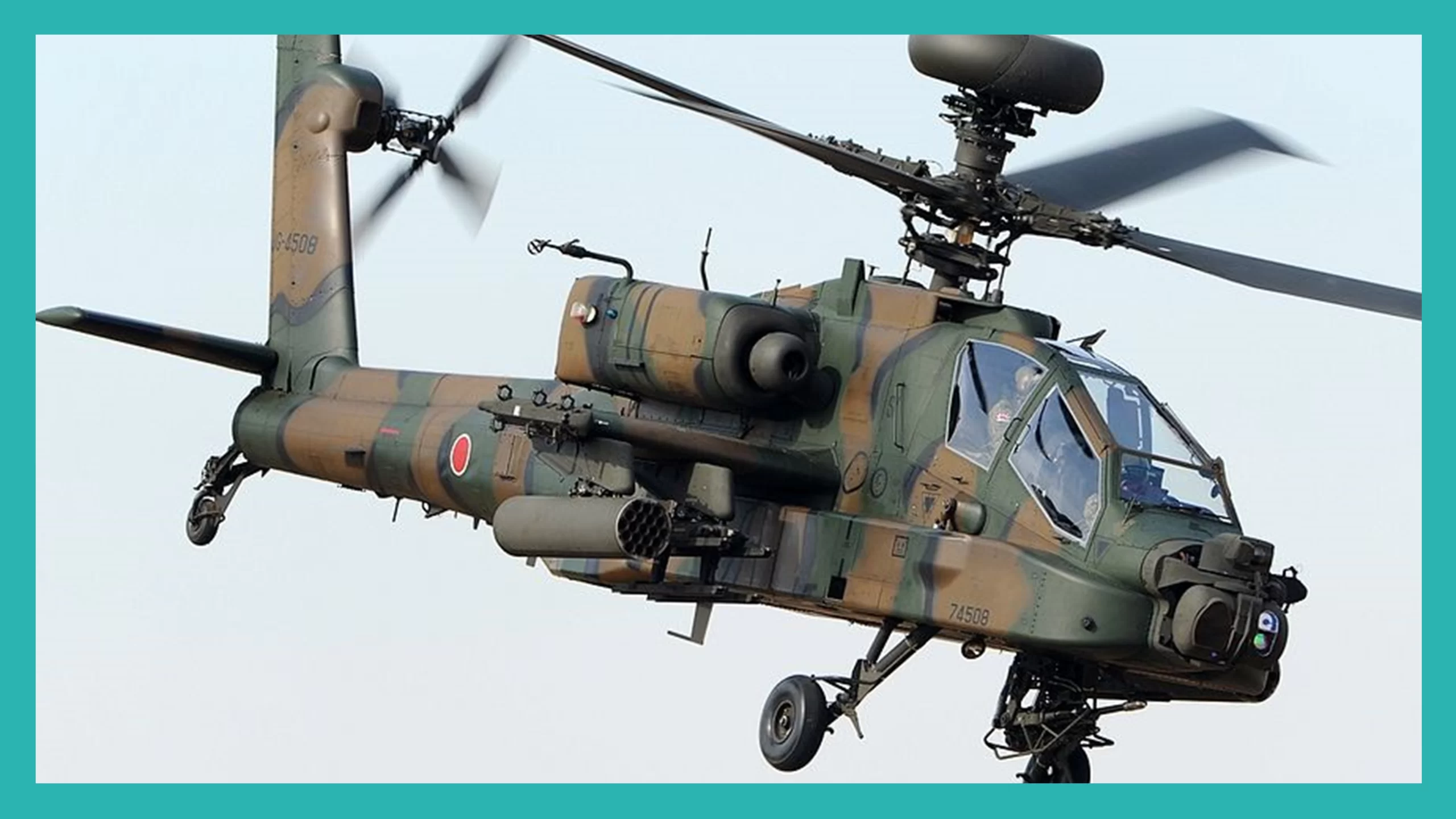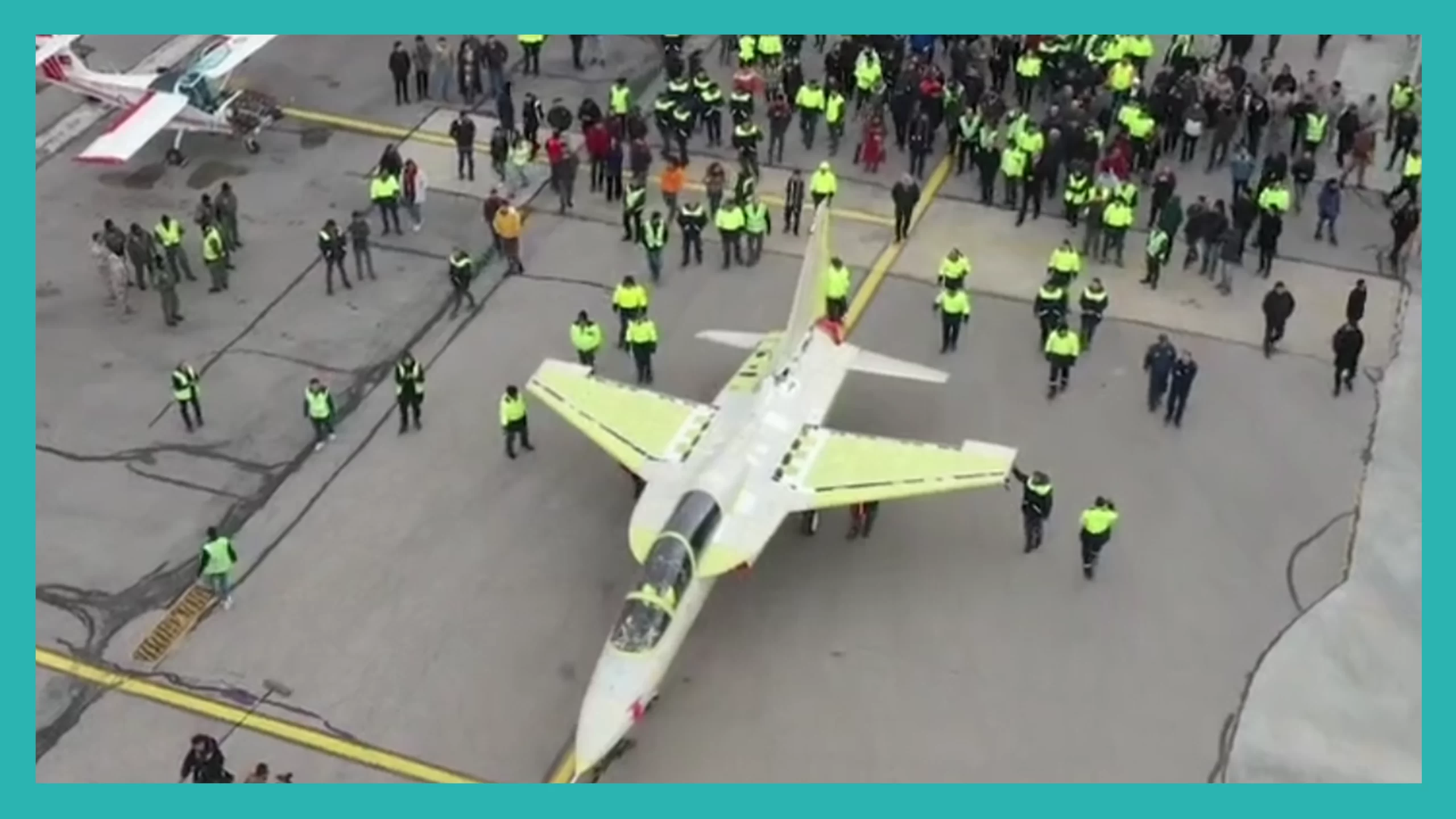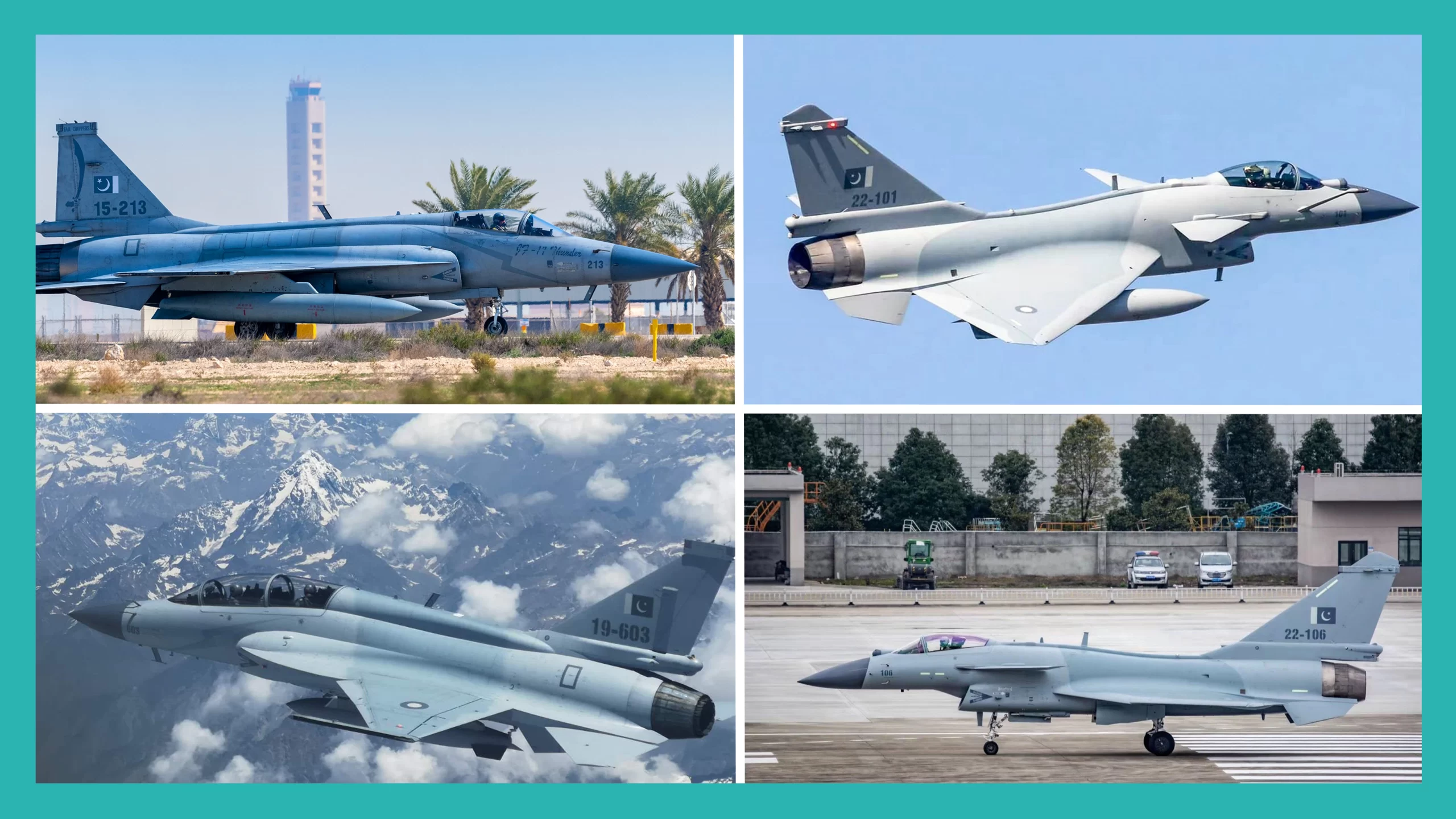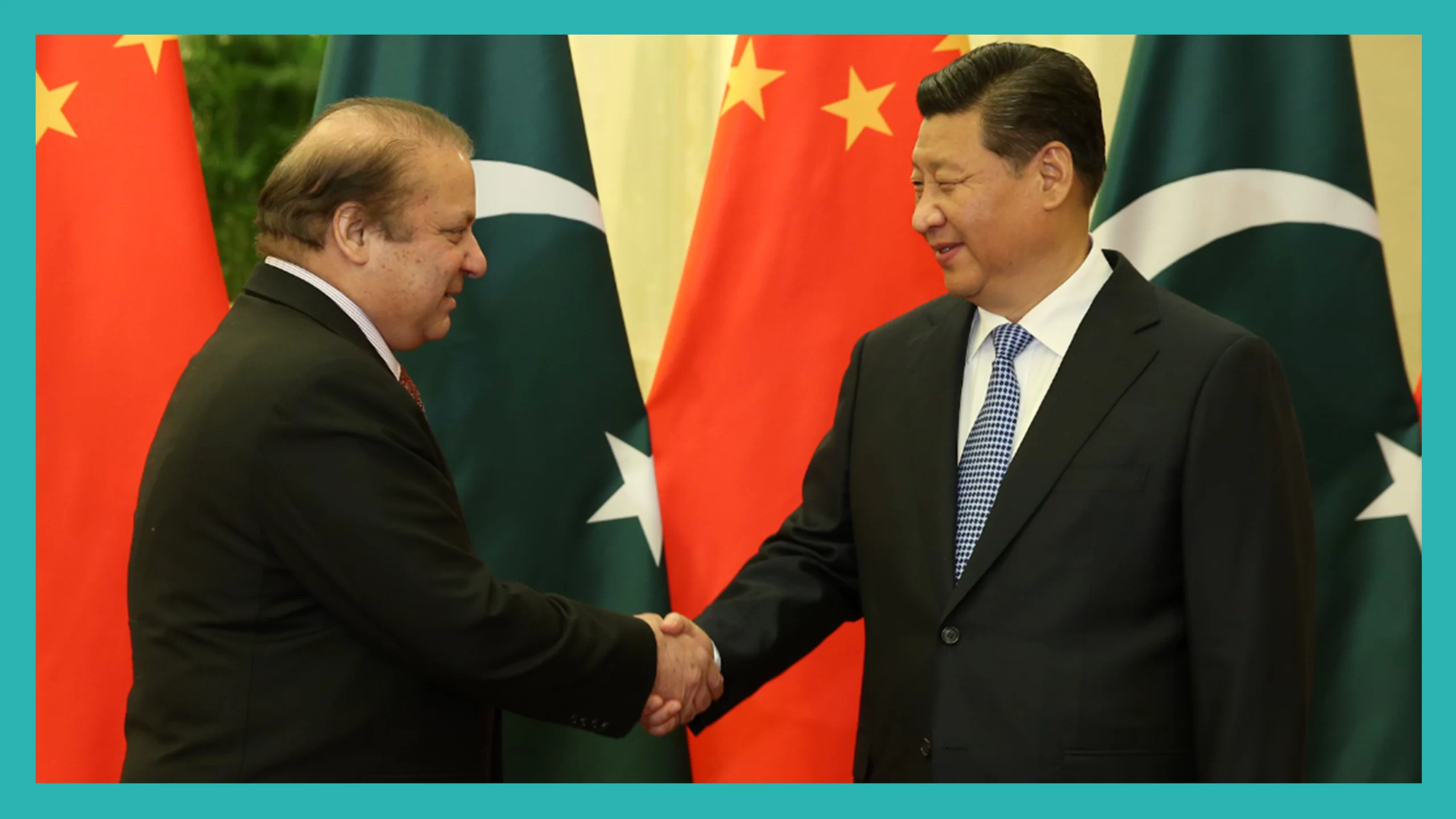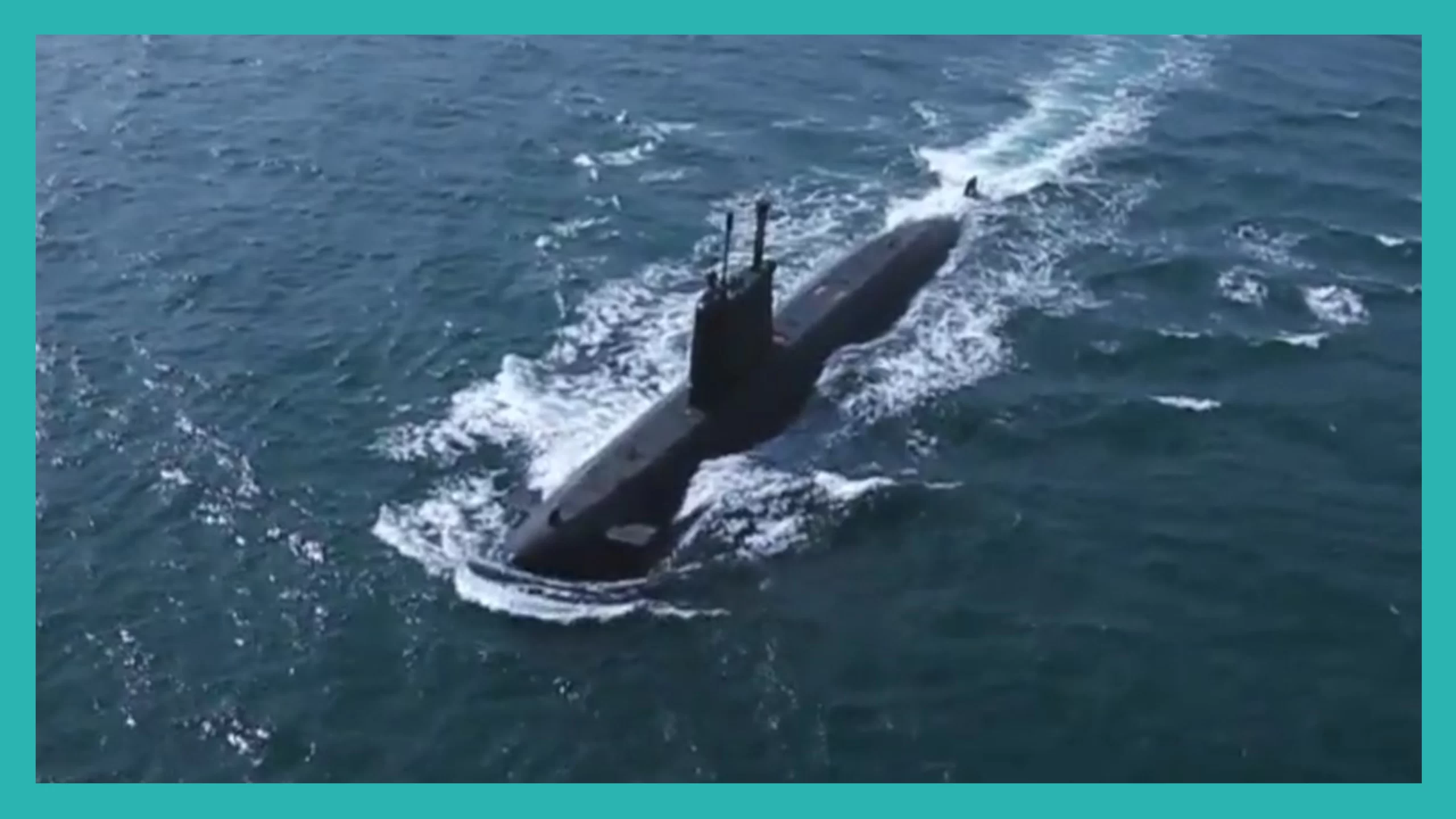Pakistan’s anemic economy (relative to the country’s size, population, and potential) is a critical security vulnerability.
In just four years, Pakistan greatly added to its air warfare and air defence capabilities based on the lessons of their 2019 skirmish.
UAE kicked off IDEX 2023 and NAVDEX 2023 in Abu Dhabi. February’s recap looks at the major or uniquely interesting news pieces from these events.
Pakistan is reportedly offering its Taimoor air-launched cruise missile (ALCM) for export. It may package this ALCM with the new JF-17 Block-3.
Japan announced that it will replace its fleet of manned attack and armed scout helicopters with unmanned aerial vehicles (UAV).
Turkish Aerospace reaches new milestone. Pakistan cuts steel of first indigenous patrol boat. India works to integrate its own AIP to Scorpene submarine.
Ukraine is reportedly expecting the U.S. and its other Western allies to supply upwards of 321 heavy tanks and, potentially later, fighter aircraft.
Through this decade, the J-10CE and JF-17 Block-3 will form the new mainstay of the Pakistan Air Force’s (PAF) combat aircraft fleet
Why did CPEC ‘fail’ to deliver on Pakistan’s economic hopes? Was CPEC truly a “Marshall Plan?”
With the fifth and sixth boats under production, it seems that the Pakistan Navy’s Hangor submarine project is proceeding (but without German engines).


